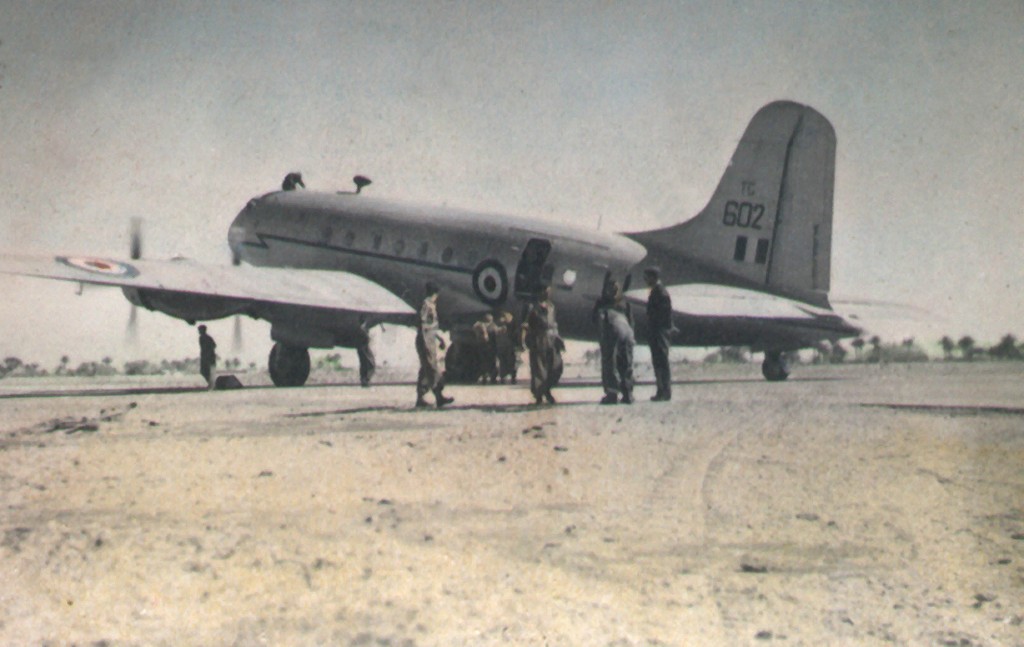Crash of a Vickers 648 Varsity T.1 in RAF Swinderby: 2 killed
Date & Time:
Feb 13, 1953
Registration:
WF332
Survivors:
No
Schedule:
Swinderby - Swinderby
MSN:
524
YOM:
1951
Crew on board:
2
Crew fatalities:
Pax on board:
0
Pax fatalities:
Other fatalities:
Total fatalities:
2
Circumstances:
The crew was engaged in a night training sortie, consisting of landings and approaches maneuvers. While descending to the airport, the twin engine airplane went out of control and crashed in a wooded area located three miles southwest of the airfield. Both crew members were killed.
Probable cause:
It is believed that the crew misjudged the distance with the ground and failed to check the approach speed and the angle of descent. However, the assumption that the loss of control was the consequence of an avoiding action on part of the pilot-in-command to avoid a collision with another aircraft in the downwind circuit is not ruled out.



